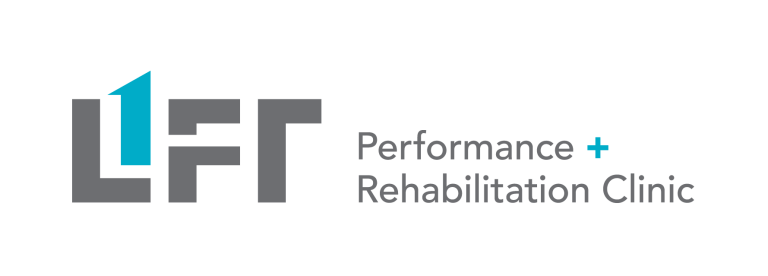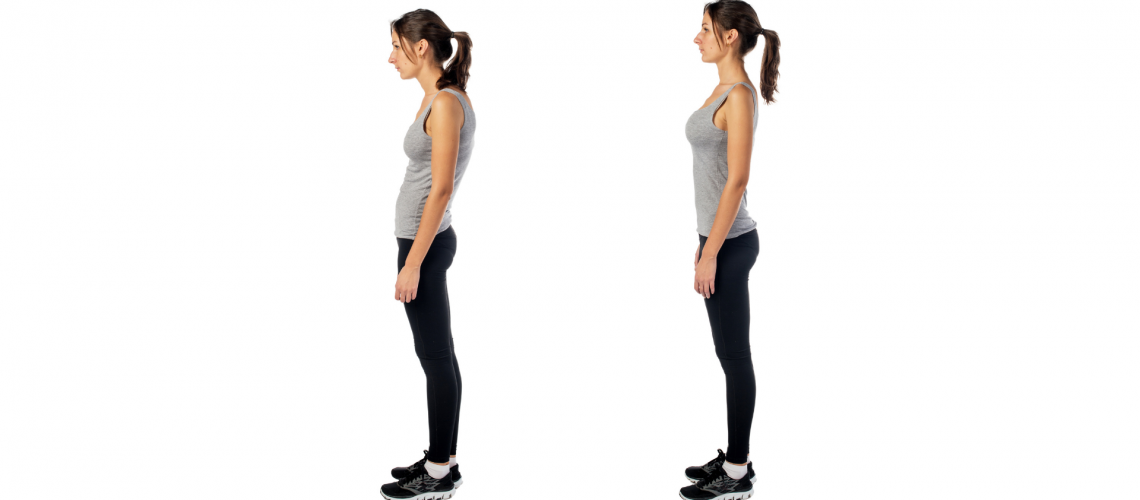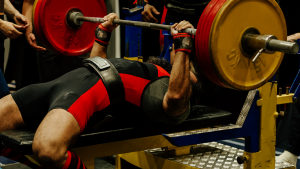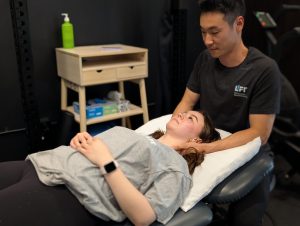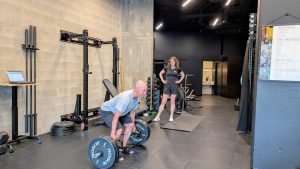What is Poor Posture?
When we think about poor posture, the first thing that may come to mind is one of these two positions: a forward head, sway back position when standing, or a forward head and slouched position when sitting. When we think about good posture, we imagine someone sitting/standing tall with head, shoulder, and pelvis stacked in a straight line with a slight curve in the lower back. What is poor posture and does it really matter for neck and back pain?
Posture can be defined as how someone prefers to hold themselves up during any situation. Sitting and standing posture are usually defined as static postures. We can also think of posture as a dynamic posture, or how we hold ourselves up when we’re lifting, running, and playing a sport.
Is there a Perfect Posture?
The idea of a perfect posture is mostly based on biomechanics and the theory of how the body should work. In theory, by having a good, plumb line alignment in your static postures, you would be more mechanically efficient and potentially cause less stress on the joints, resulting in less pain. Also, we can explore dynamic posture in situations such as running, and lifting. High performing athletes may have variability in techniques due to factors such as their body structures, inherent asymmetries, and style of coaching. But they have refined their technique and found ways to maximise the leverage they can get out of their muscles and joints. For example, by working on good technique for a lift, like a deadlift or a squat, you are working on improving the dynamic posture of that lift which will allow you to lift more, and reduce the risk of injury.
However, there are many other factors that come into play when we try to put the “perfect” static postures in the real world. There are people out there with “poor” posture who don’t experience any back and neck pain. There are those who have spent countless hours perfecting their plumb line posture to find out that it didn’t relieve their pain. It is important to note that the pain experience is highly subjective and multifactorial, and some people may just be more sensitive to stressors resulting in pain than others.
What is your Postural Stress?
Your current posture is how you choose to carry yourself at the time. It can be based on many things such as comfort, necessity, self confidence, environment setup, awareness, stress levels, gravity, etc. If you stay in one position for too long (like sitting in front of the computer working for 4 hour straight to meet a deadline), you may experience some in your neck and shoulders after. Let’s say you have to change the way you work (moving from working at an office to working from home, sleeping in a hotel bed). The new setup may change your posture and the stress of the new posture may result in neck and back pain. These examples of staying in one position for too long, or sudden changes in the environment can be different kinds of postural stress. It may be that these postural stressors (and not the actual posture itself) that may lead to pain and discomfort.
How Can I Reduce Postural Stress?
Movement is a great way to reduce postural stress. By moving around, you allow your muscle and joints to work through different positions that are not used during your task. Moving around and changing your posture frequently can help to reduce postural stress caused by staying in one position for too long. For example, holding your arm up can be a pretty easy and comfortable position, but if you were told to hold your arm up for an hour, it can quickly get uncomfortable.
Awareness can be a good tool as well. Quite often we can be so busy with work that we forget how uncomfortable the position is, until you get out of it a few hours later. Setting a reminder every 30 minutes to change positions, or to get up a move around can work as a proactive approach to avoid discomfort due to work.
An exercise program can help you feel better by getting you to move into positions that you don’t normally get into day to day, and also help strengthen underutilised muscles to support your torso, which may help to reduce the stress from posture.
How can a Physiotherapist / Chiropractor/ Registered Massage Therapist at Lift clinic help with Poor Posture?
Our clinicians are able to do an in depth assessment to determine possible postural stressors. This assessment will allow the clinicians to create an individualized treatment plan to help deal with the pain that you’re experiencing and tackle the root cause.
The treatment sessions with the clinicians aim to help reduce your current pain, and restore function. They can help to provide an exercise program and education on tips for reducing postural stressors.
Our team can also help with improving dynamic postures to help with performance in sport by making your movements more efficient. They will assess for areas of weakness and/or inflexibility and work to address those areas with goals to enhance your performance.
Our goal at Lift Clinic is to help you get back to doing what you need to do sooner and better than before.
